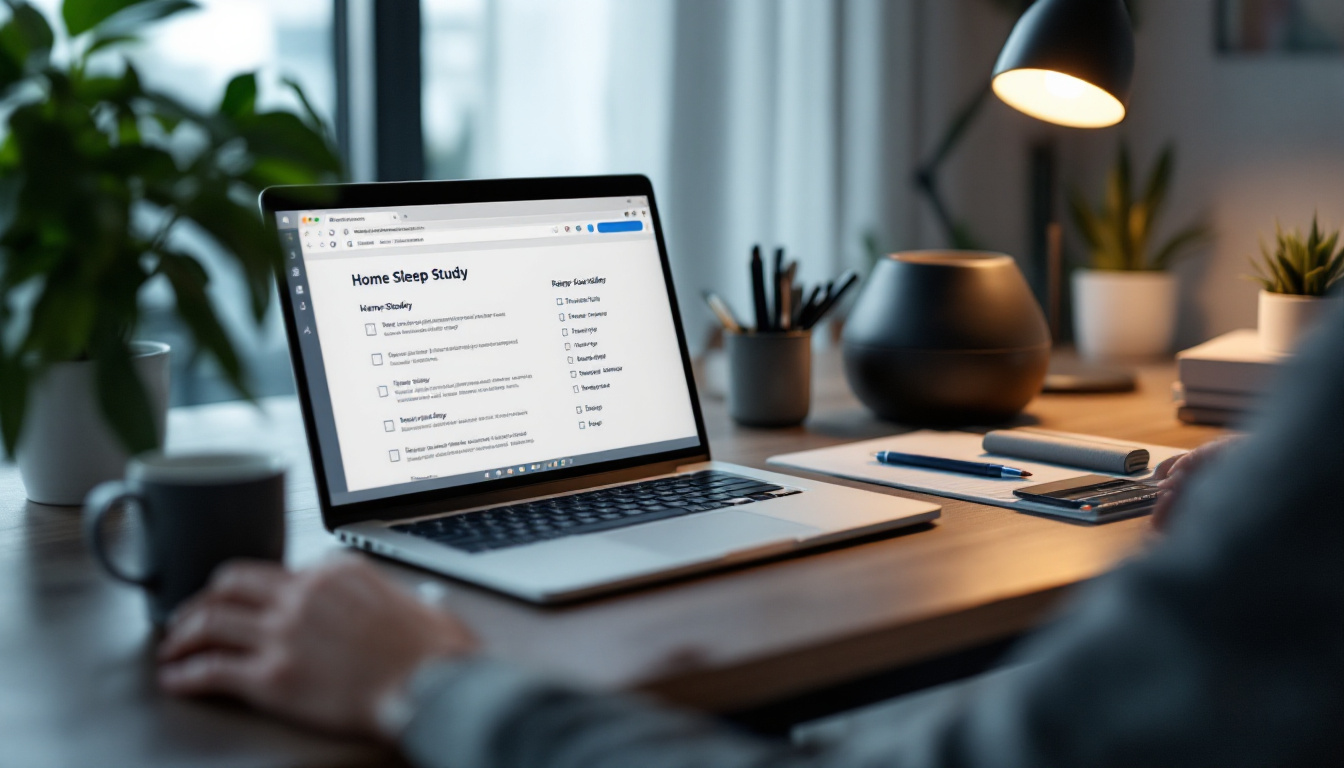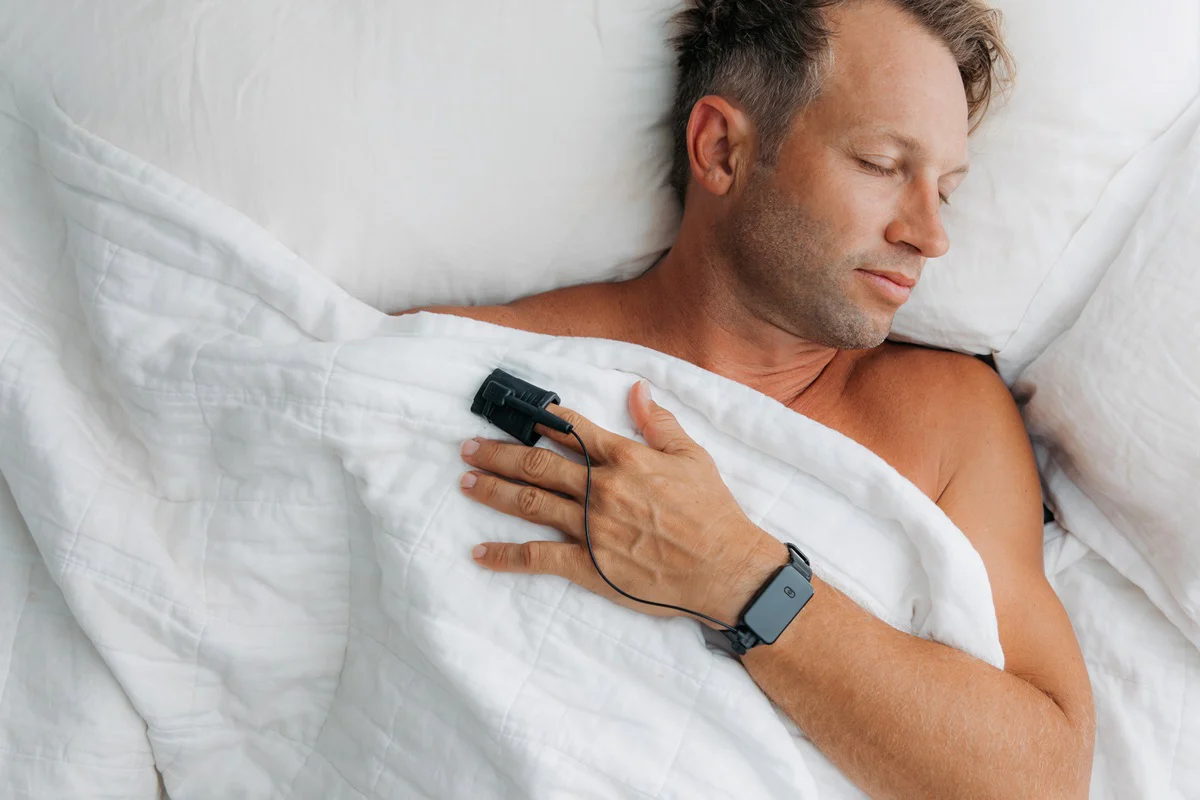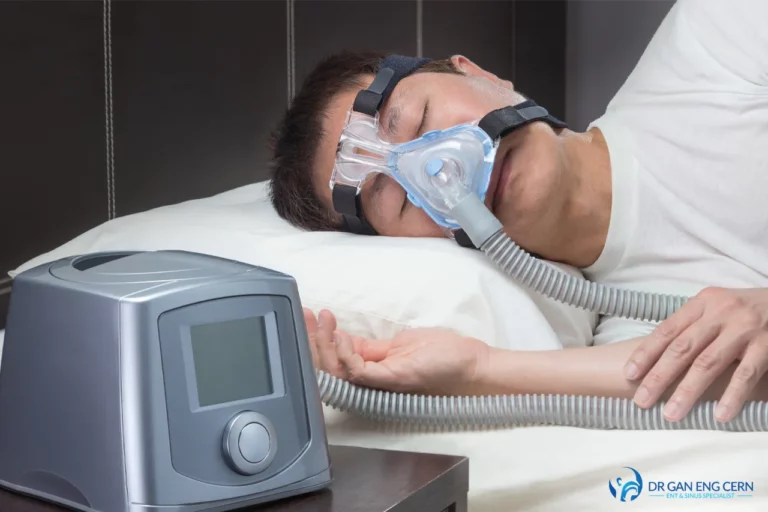How to Arrange a Home Sleep Study in Sydney
Sleep is an essential component of overall health and well-being, yet many individuals struggle with sleep disorders that can significantly impact their quality of life. For those residing in Sydney, a home sleep study can provide valuable insights into sleep patterns and potential issues. This article will guide you through the process of arranging a home sleep study, ensuring you are well-informed and prepared.
Understanding Home Sleep Studies
A home sleep study, also known as a home sleep test, is a convenient and effective way to diagnose sleep disorders such as obstructive sleep apnoea (OSA). Unlike traditional sleep studies conducted in a sleep clinic, a home sleep study allows individuals to undergo testing in the comfort of their own homes. This method is particularly beneficial for those who may feel anxious or uncomfortable in a clinical setting.
Arranging a home sleep study Sydney is a straightforward process that can provide valuable insights into your sleep health. By consulting with your GP, choosing a reputable sleep clinic, and preparing adequately for the study, you can take significant steps towards understanding and improving your sleep quality.
What to Expect During a Home Sleep Study
During a home sleep study, patients are typically provided with a portable monitoring device that tracks various sleep parameters. These may include breathing patterns, oxygen levels, heart rate, and snoring. The device is easy to use and usually involves wearing sensors on the body while sleeping.
Before the study, a healthcare professional will explain how to set up the equipment and what to expect during the night. It is crucial to follow the instructions carefully to ensure accurate results. The data collected will later be analysed by a sleep specialist, who will provide a diagnosis and recommend appropriate treatment options. Many patients find the setup process straightforward, and the reassurance from healthcare providers can significantly alleviate any concerns regarding the procedure.
Benefits of Home Sleep Studies
One of the primary advantages of a home sleep study is its convenience. Patients can sleep in their own beds, which can lead to more natural sleep patterns and potentially more accurate results. Additionally, home sleep studies are often more cost-effective than in-lab tests, making them an accessible option for many individuals.
Moreover, the process is typically quicker, allowing for faster diagnosis and treatment. This can be particularly beneficial for those who have been struggling with sleep issues for an extended period and are eager to find relief. Furthermore, home sleep studies can help reduce the stigma associated with sleep disorders, as individuals can undergo testing without the perceived scrutiny of a clinical environment. This privacy can encourage more people to seek help for their sleep-related concerns, ultimately leading to improved health outcomes.
In addition to these benefits, home sleep studies can also be tailored to fit the specific needs of the patient. For instance, individuals with pre-existing health conditions may require additional monitoring, which can often be accommodated with advanced home testing devices. This flexibility ensures that the assessment is comprehensive and personalised, allowing for a more thorough understanding of the patient’s sleep patterns and any underlying issues that may be contributing to their sleep disturbances.
Steps to Arrange a Home Sleep Study in Sydney
Arranging a home sleep study in Sydney involves several key steps, from consulting with a healthcare provider to receiving your results. Here’s a comprehensive guide to help you navigate the process smoothly.

1. Consult Your General Practitioner (GP)
The first step in arranging a home sleep study is to consult your GP. They will assess your symptoms and medical history, determining whether a sleep study is necessary. Common symptoms that may warrant a sleep study include excessive daytime sleepiness, loud snoring, and episodes of breathing cessation during sleep. Read more about symptoms at https://www.medicalnewstoday.com/articles/161858
Your GP may perform a physical examination and ask about your sleep habits, lifestyle, and any other relevant factors. Based on this assessment, they can refer you to a sleep specialist or provide you with the necessary paperwork to arrange a home sleep study directly.
2. Choose a Reputable Sleep Clinic
Once you have a referral, the next step is to select a reputable sleep clinic that offers home sleep studies in Sydney. It’s essential to research clinics thoroughly, considering factors such as their accreditation, the experience of their sleep specialists, and patient reviews.
Many clinics now offer online services, making it easier to book appointments and arrange home sleep studies. Ensure that the clinic you choose provides clear information about the process, costs, and what to expect during the study.
3. Complete Necessary Paperwork
After selecting a clinic, you will likely need to complete some paperwork before the study can be arranged. This may include consent forms, medical history questionnaires, and insurance information. It is crucial to provide accurate and comprehensive information to ensure the best possible care.
Once the paperwork is completed, the clinic will schedule a time for you to pick up the home sleep study equipment or arrange for it to be delivered to your home. Make sure to ask any questions you may have about the equipment and the testing process during this time.
Preparing for Your Home Sleep Study
Preparation is key to ensuring a successful home sleep study. By following the guidelines provided by your sleep clinic, you can help maximise the accuracy of the results.
1. Follow Pre-Test Instructions
Your sleep clinic will provide specific instructions on how to prepare for the home sleep study. This may include recommendations on medications, caffeine intake, and alcohol consumption. Adhering to these guidelines is crucial, as certain substances can affect sleep quality and skew the results.
In some cases, you may be advised to avoid napping on the day of the study to ensure you are sufficiently tired at bedtime. It’s essential to follow these recommendations closely to achieve the most accurate results possible.
2. Set Up the Equipment
On the night of the study, you will need to set up the monitoring equipment as instructed by the sleep clinic. This typically involves placing sensors on your body and connecting them to a portable recording device. Take your time to ensure everything is set up correctly, as any errors could affect the data collected. Click here to find more about monitoring.
If you encounter any difficulties during setup, don’t hesitate to contact the sleep clinic for assistance. They are there to help you and ensure that the study is conducted smoothly.
3. Create a Comfortable Sleep Environment
To promote restful sleep during the study, create a comfortable sleep environment. Ensure your bedroom is dark, quiet, and at a comfortable temperature. If you typically use white noise or other sleep aids, consider incorporating them into your routine to help you relax.
It’s also advisable to stick to your usual bedtime routine, as this can signal to your body that it’s time to sleep. Following familiar patterns may help you fall asleep more easily, leading to more reliable data from the study.
After the Home Sleep Study
Once the home sleep study is complete, the next steps involve analysing the data and discussing the results with a sleep specialist.

1. Return the Equipment
After the study, you will need to return the monitoring equipment to the sleep clinic. This can often be done in person or via mail, depending on the clinic’s policies. Ensure that all components are returned in good condition to avoid any additional charges.
2. Review Your Results
After the clinic has analysed the data from your home sleep study, you will schedule a follow-up appointment with a sleep specialist. During this appointment, the specialist will review the results with you and discuss any sleep disorders that may have been identified.
They will also recommend appropriate treatment options based on your specific diagnosis. This could include lifestyle changes, the use of continuous positive airway pressure (CPAP) therapy, or other interventions tailored to your needs.
3. Follow-Up Care
Following your initial consultation, it’s essential to maintain open communication with your healthcare provider. If you have any questions or concerns about your diagnosis or treatment plan, don’t hesitate to reach out. Regular follow-up appointments may also be necessary to monitor your progress and make any adjustments to your treatment as needed.
Conclusion
With the right support and guidance, individuals can effectively address sleep disorders and enhance their overall well-being. Remember, a good night’s sleep is not just a luxury; it is a vital component of a healthy lifestyle.
Read more at: Finding a Reliable Sleep Apnea Test in Sydney


